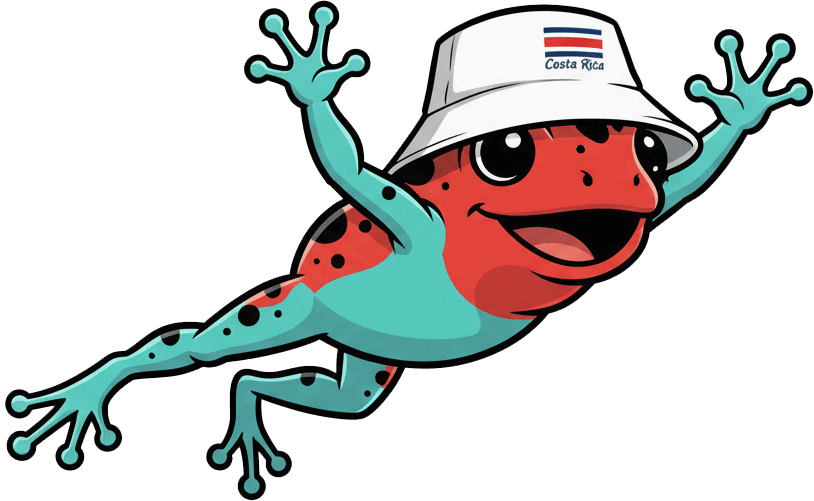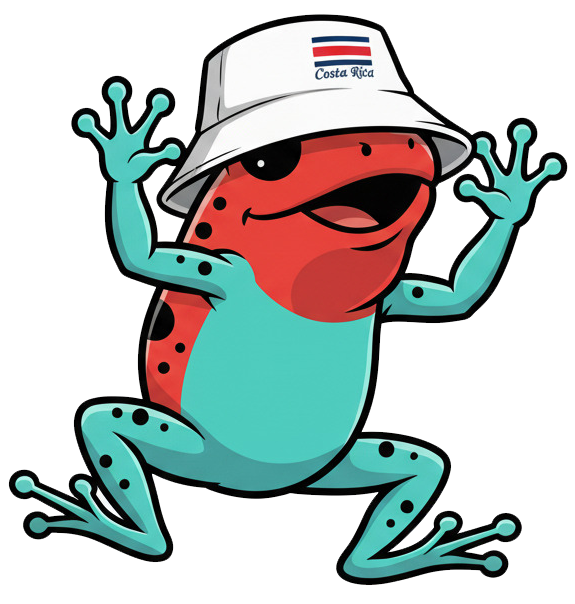Costa Rica continues to be a premier destination for Americans seeking a life defined by “Pura Vida”—a slower pace, stunning natural beauty, and a lower cost of living without sacrificing modern amenities. This guide provides the essential, updated information you need to navigate the residency process, understand the cost of living, and seamlessly integrate into this welcoming Central American nation. Let’s get to it.
Why Americans are Choosing Costa Rica
For decades, Costa Rica has been a magnet for expatriates, and its appeal has only grown in the post-pandemic world. The combination of political stability, a well-established healthcare system, and a focus on sustainability creates an environment that is both secure and enriching. The country abolished its army in 1948 and has since invested heavily in education and healthcare, fostering a society that is peaceful, educated, and hospitable to newcomers. With direct flights from major U.S. hubs and a time zone that aligns closely with Central Standard Time, it remains a practical and attractive option for retirees, remote workers, and families alike.
Navigating Residency: Your Gateway to Pura Vida
Securing legal residency is the most critical step in your move. Costa Rica offers several pathways, each with specific requirements that have been updated in recent years.
Pensionado Program
This is designed for retirees with a guaranteed lifetime pension.
- Income Requirement: Minimum of $1,000 per month from a qualified pension or retirement fund.
- Benefits: Allows you to import household goods and a vehicle tax-free.
Rentista Program
Ideal for those with stable income but not necessarily a formal pension.
- Income Requirement: Proof of a guaranteed income of $2,500 per month for at least two years. This can be demonstrated through a letter from a financial institution.
- Note: This visa requires renewal every two years until you qualify for permanent residency.
Digital Nomad Visa
A newer option that has become incredibly popular for remote workers.
- Income Requirement: $3,000 per month for an individual or $4,000 for a family.
- Benefits: Granted for one year, with the option to renew for an additional year. It exempts you from local income tax and allows you to open a local bank account and drive with your valid U.S. license for the visa’s duration.
Investor Program
For those making a significant financial investment in the country.
- Investment Requirement: A minimum of $200,000 in a approved business, real estate, or projects.
It is highly recommended to consult with a reputable immigration attorney, such as the experts at CRIE, to ensure your application is complete and accurate, avoiding costly delays.
The Real Cost of Living in 2025
The cost of living can vary dramatically based on your lifestyle and location. While generally lower than in the U.S., inflation has affected prices like everywhere else in the world.
- Rental Market: A comfortable two-bedroom apartment in a desirable area like the Central Valley (e.g., Grecia, Atenas) can range from $600 to $1,200 per month. Beach towns like Tamarindo or Jacó are typically 20-40% more expensive.
- Groceries: Eating like a local by shopping at ferias (weekly farmers’ markets) and buying local produce can keep costs low. A monthly grocery bill for a couple can range from $300 to $500. Imported goods from the U.S. are widely available but come at a premium.
- Utilities: Expect to pay around $50-$80 for electricity (more if air conditioning is used heavily), $30 for water, and $60-$100 for a high-speed internet connection.
To provide a clearer picture, here’s a sample monthly budget for a couple living comfortably in the Central Valley:
| Expense Category | Estimated Cost (USD) |
|---|---|
| Rent (2-bedroom furnished apartment) | $800 – $1,000 |
| Groceries & Dining Out (mix) | $500 – $700 |
| Utilities (Electric, Water, Internet) | $150 – $200 |
| Private Health Insurance | $150 – $250 |
| Transportation (Fuel, Taxis, Maintenance) | $200 – $300 |
| Total Estimated Monthly Budget | $1,800 – $2,450 |
Healthcare: World-Class Care at a Fraction of the Cost
Costa Rica’s healthcare system is a major draw. It operates on a two-tier system:
- Public System (Caja – CCSS): Funded by mandatory monthly contributions (typically 7-11% of your declared income), it provides comprehensive care for a small copay. Wait times for non-emergency specialist appointments can be long, but the care is excellent.
- Private System: Hospitals like CIMA in Escazú and Clinica Biblica in San José are internationally accredited and offer care on par with the best U.S. hospitals at a significantly lower cost. A doctor’s visit might cost $65-$85, and many expats choose to carry private insurance for faster access to specialists and procedures.
Most residents opt for a hybrid approach, using the public system for routine care and emergencies while maintaining private insurance for specialized treatments.
Finding Your Home: To Rent or to Buy?
The golden rule for new expats is to rent before you buy. Spend at least six months to a year exploring different towns and regions. The culture and climate on the Pacific Coast are vastly different from the Caribbean side or the Central Valley.
- Rental Websites: Use sites like Encuentra24.com, Realtor.com, and Facebook Marketplace to gauge availability and prices. Working with a local real estate agent can also be very helpful.
- Buying Property: Foreigners have the same property rights as citizens. The process is straightforward but must be conducted by a notary public (a lawyer). Title insurance is highly recommended.
Embracing the Culture: More Than Just a Vacation
Integrating successfully means understanding and respecting the local “Tico” culture.
- Pura Vida: This isn’t just a saying; it’s a philosophy. It translates to “pure life” and embodies a relaxed, positive, and non-confrontational attitude.
- Tico Time: Punctuality is often more flexible. Social events may not start exactly on time, and a more relaxed approach to schedules is the norm.
- Learn Spanish: While many Costa Ricans in business and tourism speak English, making an effort to learn Spanish will open doors, deepen friendships, and enrich your daily life immensely. Even basic phrases are met with appreciation.
Your Moving Checklist: Getting Started
A successful move requires organization. Here are your first steps:
- Visit First: Don’t move blind. Take a “scouting trip” to explore different areas.
- Secure Your Residency: Start gathering documents (birth certificates, marriage licenses, pension letters, FBI background check) early, as apostilling and authenticating them can take time.
- Downsize: Sell, donate, or store your belongings. Shipping costs are high, and many household items are readily available in Costa Rica.
- Plan Your Finances: Inform your U.S. bank of your move, research international banking options, and understand the tax implications of living abroad (you must still file U.S. taxes).
- Connect with Communities: Join expat groups on Facebook (e.g., “Expats in Costa Rica”) to ask questions and learn from those who have already made the move.
Ready to turn your dream of living in Costa Rica into a reality? The most important action you can take is to get expert guidance. Contact the professionals at CRIE (Costa Rica Immigration Experts) today for a confidential consultation to assess your eligibility and build a stress-free roadmap for your residency application.


